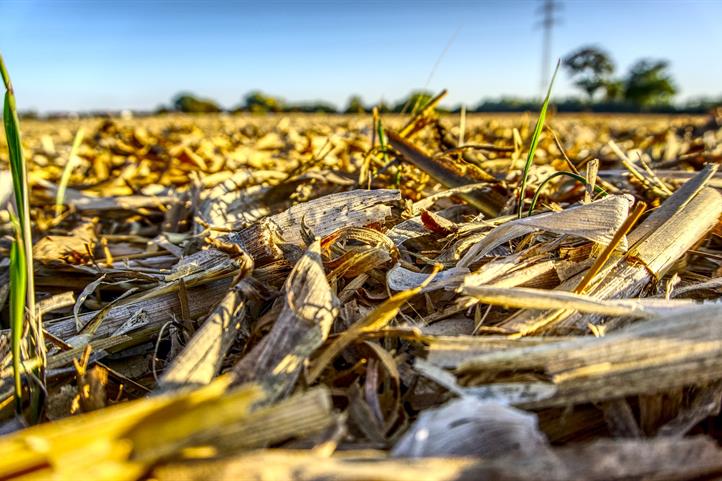04.12.2019

In two recently published articles, Ioanna Mouratiadou and colleagues find that the adoption of site-specific integrated agricultural management can assist in resolving trade-offs between agricultural productivity and climate, soil and water protection.
Using a spatially explicit approach, they find that such management increases the amounts of residues available for bioenergy, while reducing soil organic carbon losses, greenhouse gas emissions and nitrate leaching. A site-specific strategy integrating optimized fertilization, adaptation of residue removal to the humus balance and winter soil cover performs better than isolated agricultural management measures.
The researchers conclude that in order to sustainably intensify crop residue exploitation for bioenergy, residue management needs to be designed in an integrated and site-specific manner. Such an approach can assist us in achieving the goals specified in the Paris Agreement, while protecting soil and water quality.
Further Information:
Pictures
For downloading the pictures please click on a picture and use the icon.


corn | source: © Pixabay.
